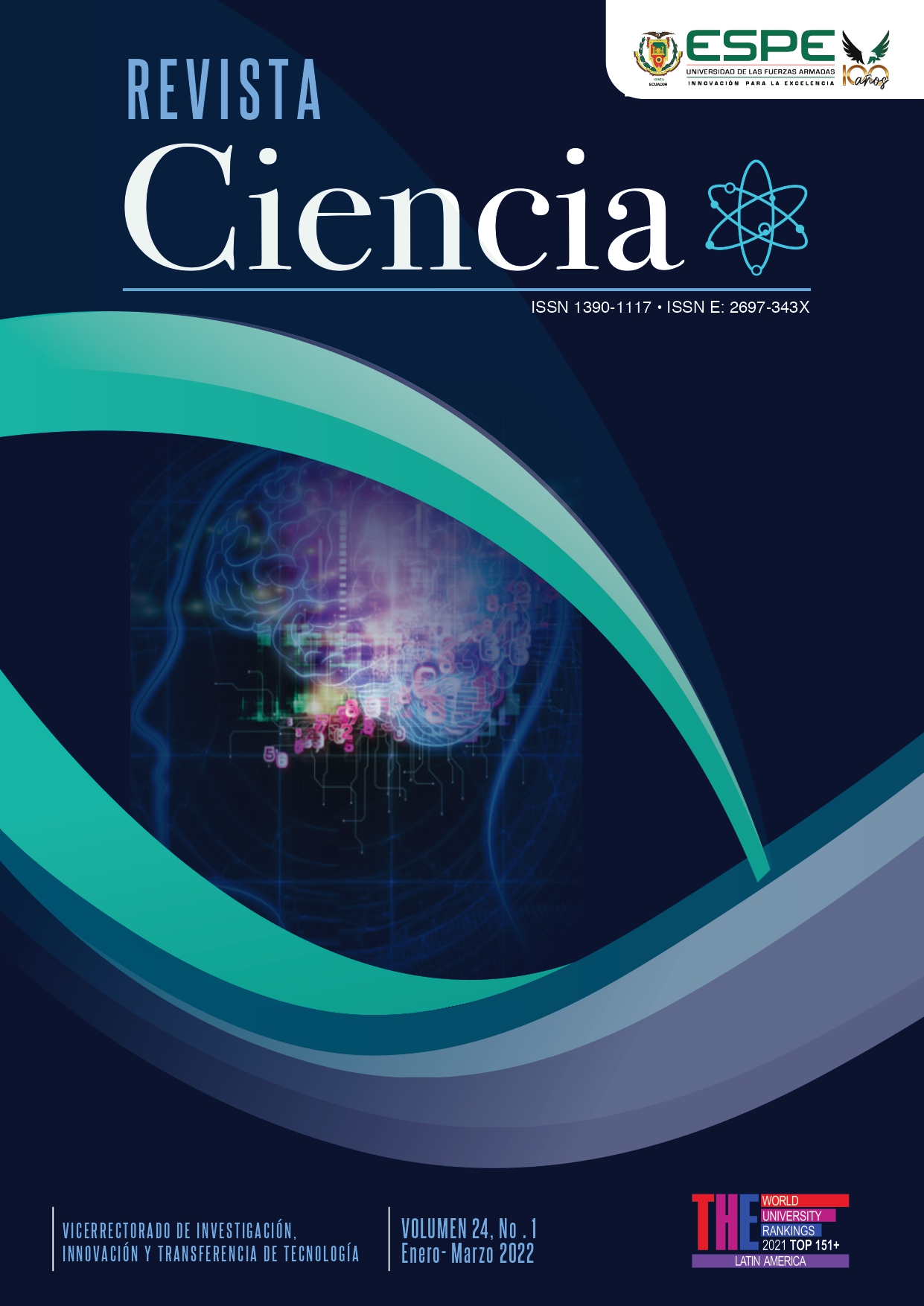CARACTERIZACIÓN MORFOMÉTRICA Y ESTRUCTURAL DE LAS LAPAS COSTERAS Nacella concinna (Nacellidae) ENCONTRADAS EN LA ESTACIÓN ANTÁRTICA ECUATORIANA
Main Article Content
Abstract
This study examines the most abundant species of mollusks found at the Pedro Vicente Maldonado Antarctic Station: the Nacella Polaris limpets. Evidence was collected during the XXI expedition. Transects and plots were established, and shells were analyzed by morphometric characterization and scanning electron microscopy (SEM). The morphometry of limpets was variable with a range of 22.880 ± 53.920 mm. Eighty-five point six percent of the limpets were large, and these were found mainly in the Whale Cemetery. On the other hand, the smaller ones were found mostly in the Sleeping Lion area, and account for 1.36% of the sample. The following characteristics were observed on their lower outer rim: transverse, linear to slightly wavy striations with defined thicknesses, a crystalline ultrastructure with linear, slightly wavy, surface growth lines, and ladder-shaped calcite columns supporting the growth lines. Morphometric and ultramicroscopic data for the shells indicate that their external architecture is analogous. The population examined behaves as a single population and exhibits slight size polymorphism. In addition, microstructural patterns have been observed in the outer layers of the shells.
Article Details
- Los autores/as conservarán plenos derechos de autor sobre su obra y garantizarán a la revista el derecho de primera publicación, el cuál estará simultáneamente sujeto a la Licencia Reconocimiento-SinObraDerivada de Creative Commons (CC BY-ND 4.0), que permite a terceros la redistribución, comercial y no comercial, siempre y cuando la obra no se modifique y se transmita en su totalidad, reconociendo su autoría.
- Los autores/as podrán adoptar otros acuerdos de licencia no exclusiva de distribución de la versión de la obra publicada, siempre que se indique la publicación inicial en esta revista.
- Se permite y recomienda a los autores difundir su obra a través de internet (p. ej.:en archivos telemáticos institucionales o en su página web) antes y durante el proceso de envíom lo cual puede producir intercambios interesantes y aumentar las citas de la obra publicada.

